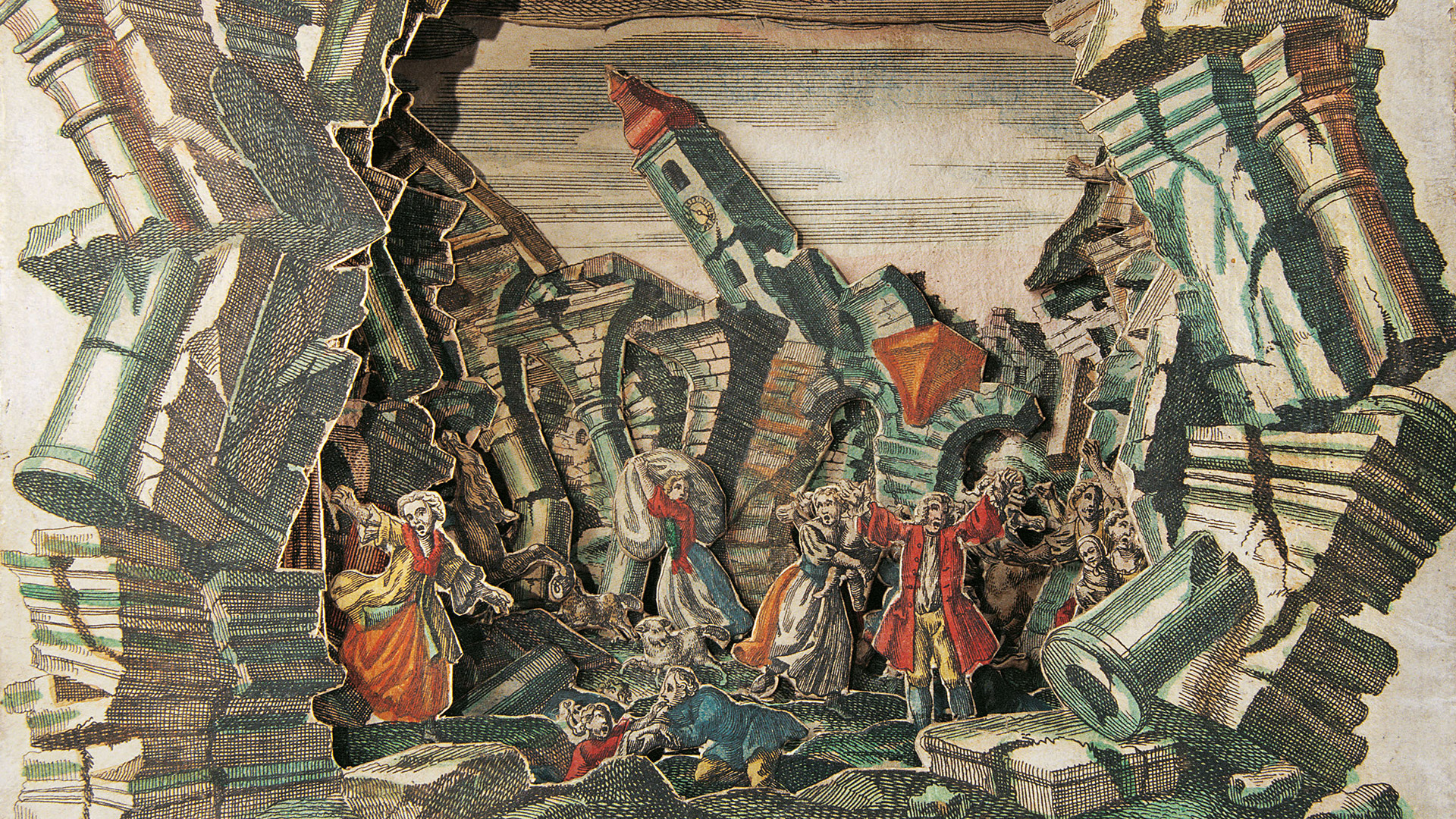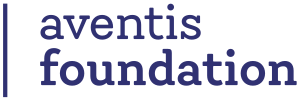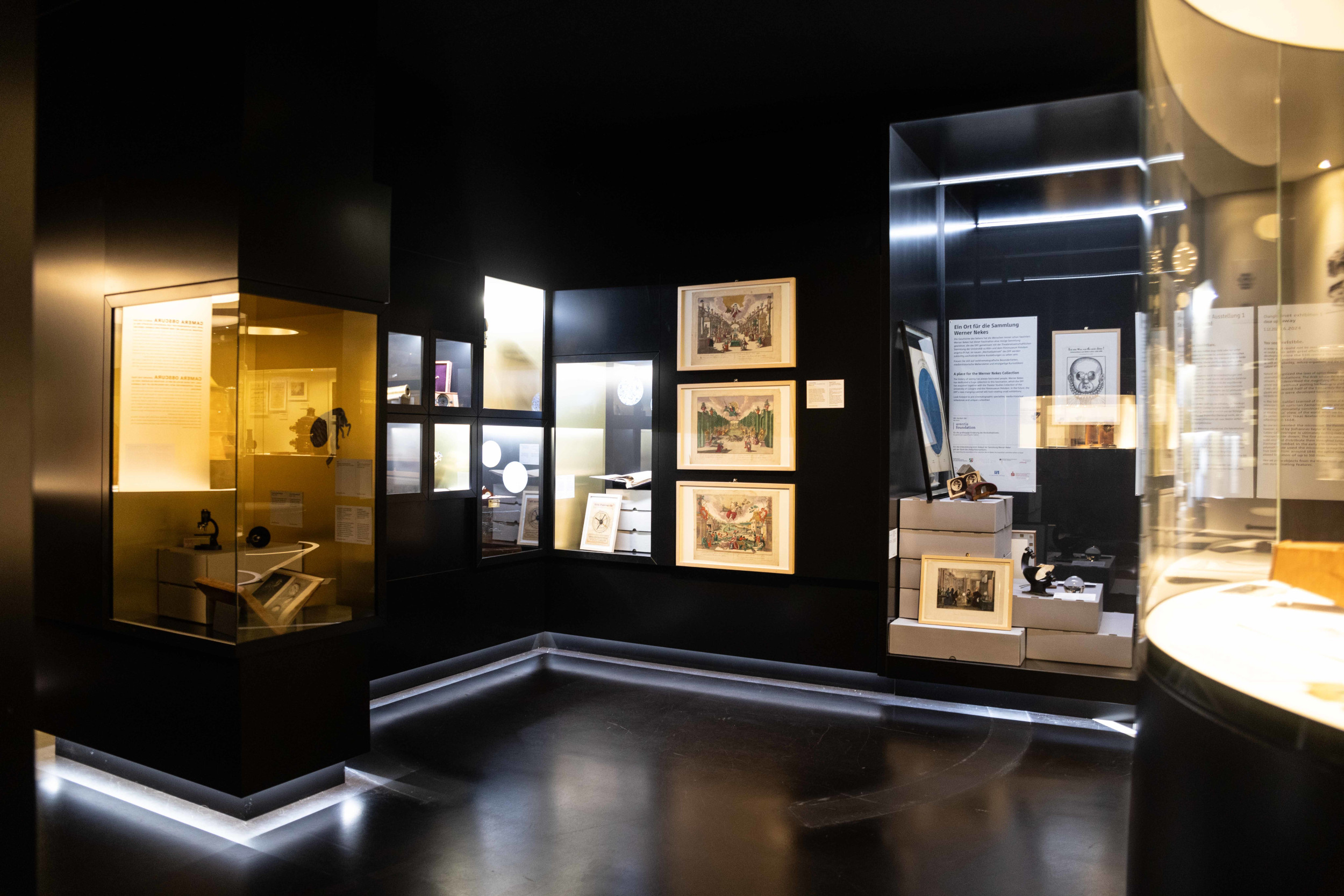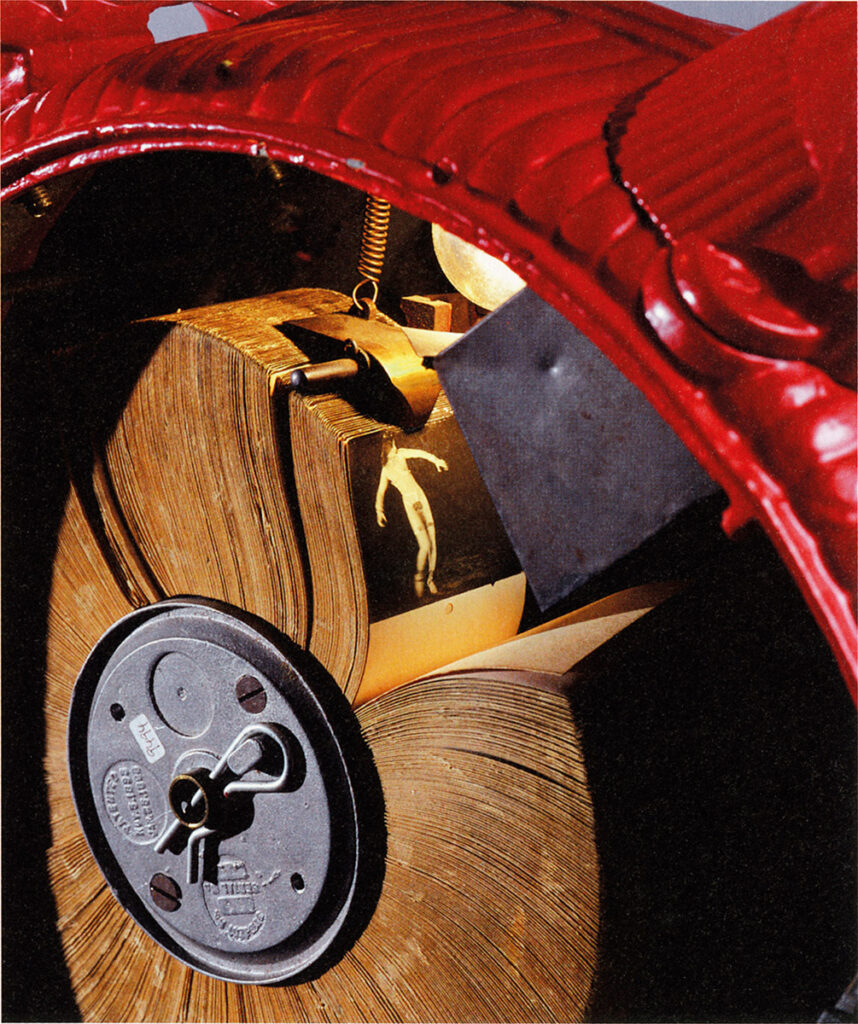
A Joint Initiative To Preserve The Unique Werner Nekes Collection In Germany
The Werner Nekes Collection, with around 25,000 objects on the history of the visual arts and seeing, is one of the largest collections of its kind in the world. It is as unique as it is outstanding in its diversity and breadth. It not only documents visual culture since early modern times, but also deals with early forms of visual storytelling from a global perspective and includes objects from numerous continents. Thanks to the joint efforts of three institutions and eight sponsors, this collection could be preserved for Germany and made accessible to the public: The Theaterwissenschaftliche Sammlung of the University of Cologne, the DFF – Deutsches Filminstitut & Filmmuseum, Frankfurt am Main, and the Filmmuseum Potsdam, as an institute of the Film University Babelsberg KONRAD WOLF, jointly aquired the collection in summer 2020.
The acquisition of the collection was funded and supported by the Ministry of Culture and Science of the State of North Rhine-Westphalia, the Federal Government Commissioner for Culture and the Media, the Cultural Foundation of the States, the Hessian Cultural Foundation, the Hessian Ministry of Science and Art, the Ministry of Science, Research and Culture of the State of Brandenburg, the Adolf and Luisa Haeuser Foundation for the Promotion of Art and Culture, the Dr. Marschner Foundation and the Ostdeutsche Sparkassenstiftung together with the Mittelbrandenburgische Sparkasse in Potsdam.
The aim of the three institutions is to jointly document the collection and make it accessible to the public. A digital platform will serve as an instrument for research and documentation of the collection. Selected objects from the collection will also be on display in the permanent exhibition of the DFF in Frankfurt am Main, in the show depot of Filmmuseum Potsdam and in various North Rhine-Westphalian museums. Plans for a larger special exhibition are currently being developed in collaboration with the Wallraf-Richartz-Museum in Cologne. In addition, an exhibition from the collection’s holdings will be curated and will tour worldwide.
The History of the Werner Nekes Collection
The collection offers the unique opportunity to study visual cultures since early modern times. It allows the exploration and mediation not only of the prehistory of film, but also of the history of viewing and audiovisual perception to a previously unattained historical depth.
Part of the collection is a library with a total of 5,550 books. It includes printed works dating back to the 15th century. The spectrum ranges from instruction manuals, brochures and handbooks to historical research literature and illustrated and luxury volumes. In addition to exceptional and rare copies, the library also includes more recent research literature. The graphic arts collection of the Werner Nekes Collection (15,500 objects) includes high-quality prints (often entire series and sets, for example of peep show views), commercial art and optical games of all kinds (photographs, hand shadows, postcards, etchings, engravings, lithographs, posters, distorted images, anamorphoses). Among the approximately 2,400 optical apparatuses are peep-boxes, magic lanterns with a large collection of magic lantern images, phantasmagorias, perspective and shadow theaters, as well as optical toys and early film equipment up to the first mass-produced television set from 1926 in a wide range.
From the Exclusivity of a Private Collection to its Digital Presentation
The cooperation of the three institutions, Theaterwissenschaftliche Sammlung der Universität zu Köln, DFF – Deutsches Filminstitut & Filmmuseum and Filmmuseum Potsdam, is a unique opportunity to provide simultaneous access to the collection to the largest possible audience from the different perspectives of the three institutions.
One Collection, Three Locations
Although the three collaborative partners take possession of collection parts based on their respective shares (Cologne 50%, Frankfurt 29%, Potsdam 21%), they consistently consider the collection in its entirety and its unique composition. Each of the three institutions receives a curated selection of exhibits that embodies the spirit of Werner Nekes and represents the entire collection. This approach ensures that the universal nature of the collection remains visible and understandable across all three locations. Moreover, each institution retains the flexibility to borrow objects from the care of the other partners at any point in the future. A shared database will maintain the cohesiveness of the collection and allow all collaborating partners, researchers, and the general public to conduct their research.
The rotating exhibit on the Werner Nekes Collection in the permanent exhibition of the DFF
As part of its exhibition on the prehistory of cinema on the first floor of the Film Museum, the DFF has set up a “rotating cabinet” in which parts of the collection will be presented in biannual thematic exhibitions starting in December 2023. The inaugural exhibition, “So nah – so fern,” explores the fascination with what is invisible to the naked eye: microscopic and macroscopic phenomena that are both small and distant. Scientific and popular devices, graphics, and books from the early 18th century onward trace a history of knowledge and culture related to microscopic and telescopic insights and their dissemination.
The DFF would like to express its gratitude for the generous support of the rotating cabinet:



Podcast
Listen to DFF Director Ellen Harrington and exhibitions curator Steafnie Plappert talk about the acquisition of the Collection Werner Nekes and the rotating cabinet:


